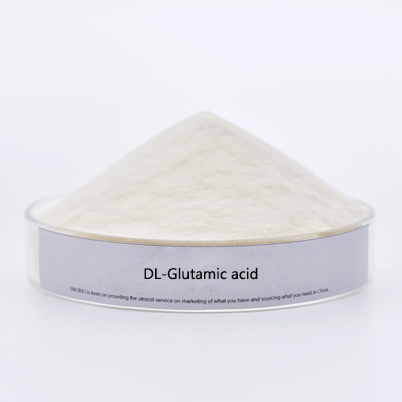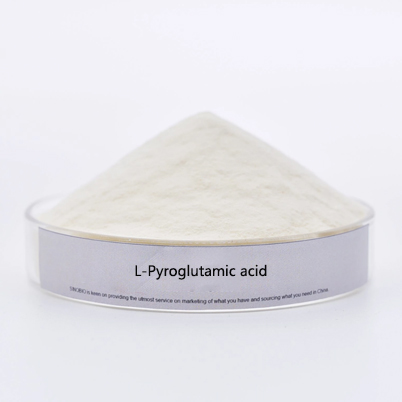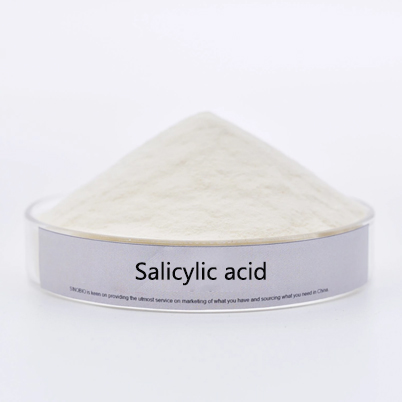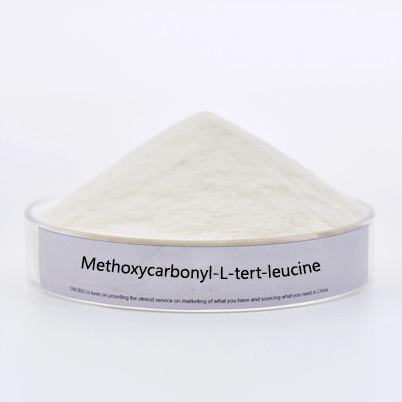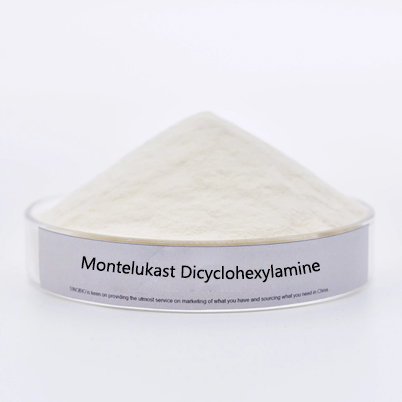- E-mail : info_medicalmarketing@jindunmedical.com
- Phone : +86 21 64057580
- Address : Shanghai China
Rational use of "Montelukast"
On March 4, the U.S. FDA officially announced the addition of a new black box warning to the montelukast instructions, emphasizing the risk of its psychiatric side effects. The sub news was instantly on the pediatric hot seat and raised numerous concerns about the safety of montelukast. As a mature drug that has been used for more than 20 years, the reason behind issuing such a warning after the instruction manual has clearly stated "psychiatric side effects" deserves the attention of each and every one of us.
There have been a number of psychiatric problems with montelukast.
In 2007, Merck, the manufacturer of montelukast, added psychiatric events to the drug's post-marketing adverse information, and in 2009, the FDA sent a letter to Merck asking them to put psychiatric reactions in the "Precautions" section of the drug's label. A warning was also issued about the potential suicidal tendencies associated with the use of montelukast sodium and other leukotriene antagonists.In 2018, the Australian Therapeutic Goods Administration (TGA) website published information advising of additional risk management measures planned for montelukast following a new safety assessment.In September 2019 the UK government website published a warning about psychiatric side effects of montelukast, in which the text mentions that this drug can cause restlessness, irritability, nightmares, insomnia, depression, tremors, and behavior changes.
Is it time for montelukast to be eliminated with frequent warnings? Let's see exactly what the authorities have to say. The announcement issued by the Australian Therapeutic Goods Administration last year was added to the FDA's Pharmacovigilance Alert, and the full text first acknowledges the effects of montelukast, and second focuses on alerting doctors and patients to the risk of psychiatric events.
The FDA's investigation into the neurological side effects of montelukast, conducted this year, has also come to a conclusion. The following observations were made: 1. no association was found between montelukast and the risk of depression, self-harm and suicide in patients, although this risk cannot be excluded; 2. montelukast was observed to reduce the risk of depression in some patients with a psychiatric history of depression instead; 3. adverse reactions related to causing suicide were rare and limited to adult female patients with a history of psychiatric disorders. Whereas the mechanism by which montelukast causes psychiatric side effects is unclear, many of the changes in personality, such as the appearance of irritability, irritability, and nightmares, can only be described as suspicious; is there a specific link to the drug? Is it due to the nature of children of different ages? Very rigorous studies are needed to confirm the relationship.
II Montelukast currently has its place
Since such side effects have been reported, why is montelukast still used and is it really necessary to use it? Before we can clearly understand the relevance of montelukast, it is necessary to understand a bit about its past. in the early 20th century, bronchodilators were the mainstay of treatment for asthma, and it was only in the 1960s that pharmaceutical scientists discovered that asthma was not just a simple bronchospasm, but a cascade of inflammatory reactions, and therefore added anti-inflammatory drugs to the regimen. When it comes to inflammation, we all know about histamine, but in fact, inflammation in the broad sense is a very large family, including the "leukotrienes" we are talking about today. Research on leukotrienes began in the 1930s, when they were called "slow-reacting substances of allergy" (SRS-A). It was not until the late 1970s that these "slow-reacting substances" were identified one by one as "leukotrienes" (LT), which were found to be the causative agents of respiratory diseases. Studies have shown that leukotrienes play a key role in the development of asthma by contracting bronchial smooth muscle 1000 times more than histamine and 1000-10000 times more than acetylcholine, and lasting longer. The elucidation of its structure has led to research on new compounds that can block leukotrienes as a new therapy for asthma. Against all odds, it took 18 years to bring the first leukotriene receptor antagonist to market, called "Montelukast", which combines two symbolic meanings. Montelukast was marketed in the United States in February 1998 and was approved by the FDA for adults and children aged 6 to 14 years under the trade name Singulair. The principle of action of montelukast is actually very simple. Let's say that leukotrienes are the key and leukotriene receptors are the lock. Leukotrienes eventually cause bronchoconstriction, increased mucus formation, and edema of the airway wall, so the key must first unlock the lock. But montelukast sodium is a leukotriene receptor antagonist, which occupies the lock hole and does not allow the key to be inserted, so this effect is inhibited. In addition, montelukast is a highly selective leukotriene receptor antagonist with high affinity for the cysteinyl leukotriene receptors of leukotriene D4 and E4. Modern studies have shown that leukotrienes are excreted by various cell types (e.g. mast cells) and are involved in inflammatory processes that may contribute to the signs and symptoms of asthma and allergic rhinitis. Based on this status, montelukast plays an important role in the treatment of certain diseases. In a controlled study, peripheral blood eosinophil counts were reduced by 9% to 15% in asthma patients treated with montelukast compared to placebo. In patients with seasonal allergic rhinitis treated with montelukast, peripheral blood eosinophil counts increased by 0.2%, compared to a 12.5% increase in the placebo group. You may have noticed that there are other drugs in the mechanism chart above, such as zallust, pramlintide, zileuton, can these drugs replace montelukast? The reality is that pramlunost is only available in Japan, zileuton is only available in the US and is approved for children ≥12 years old; zalutost is approved for children over 5 years old. Most European countries, like us, only have montelukast, which is only available for children over 1 year of age.
III Montelukast remains recommended in major guidelines
1. 2019 GINA Global Guidelines for Asthma Management and Prevention: continues to list leukotriene receptor antagonists as an option.
2. 2017 GINA Global Asthma Management and Prevention Strategy: leukotriene receptor antagonists are the only long-term controlled agents other than ICS that can be used alone in the elevated treatment of asthma.
3. 2017 NICE guideline: Diagnosis, monitoring and management of chronic asthma
4. the Expert Consensus on the combined management and management of chronic inflammatory diseases of the upper-lower airways mentions leukotriene receptor antagonists, such as montelukast, for the treatment of allergic rhinitis, chronic rhinosinusitis, asthma, cough variant asthma, aspirin asthma, and allergic granulomatous vasculitis.
IV summarize as follows; 1. Montelukast is only used for the prevention and treatment of allergic rhinitis and asthma-related diseases, while the therapeutic effect on other acute respiratory infections, such as cold, bronchitis and pneumonia, is not clear and is not recommended; 2. Montelukast is not in the first-line treatment regimen, but can be used as an option for poorly controlled first-line treatment.
V Rational drug use requires efforts of both doctors and patients
Finally, I hope that every reader of this article will understand the good intentions of the authorities. A "warning" is not a "ban". A long warning helps to promote rational drug use. We do not let any bad drug go, and we do not wrong any good drug. As doctors, before prescribing montelukast, we should strictly grasp the indications and give a good account of the medication to help parents weigh the pros and cons. As a parent, when starting montelukast, or increasing the dose, you need to pay attention to observe whether neurological and psychiatric abnormalities appear, without worrying too much.
-
date
2022-10-09
-
location
Shanghai, China






































